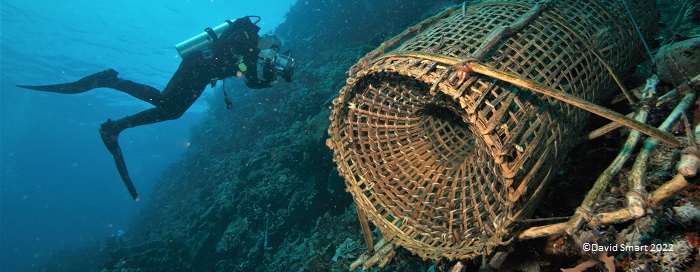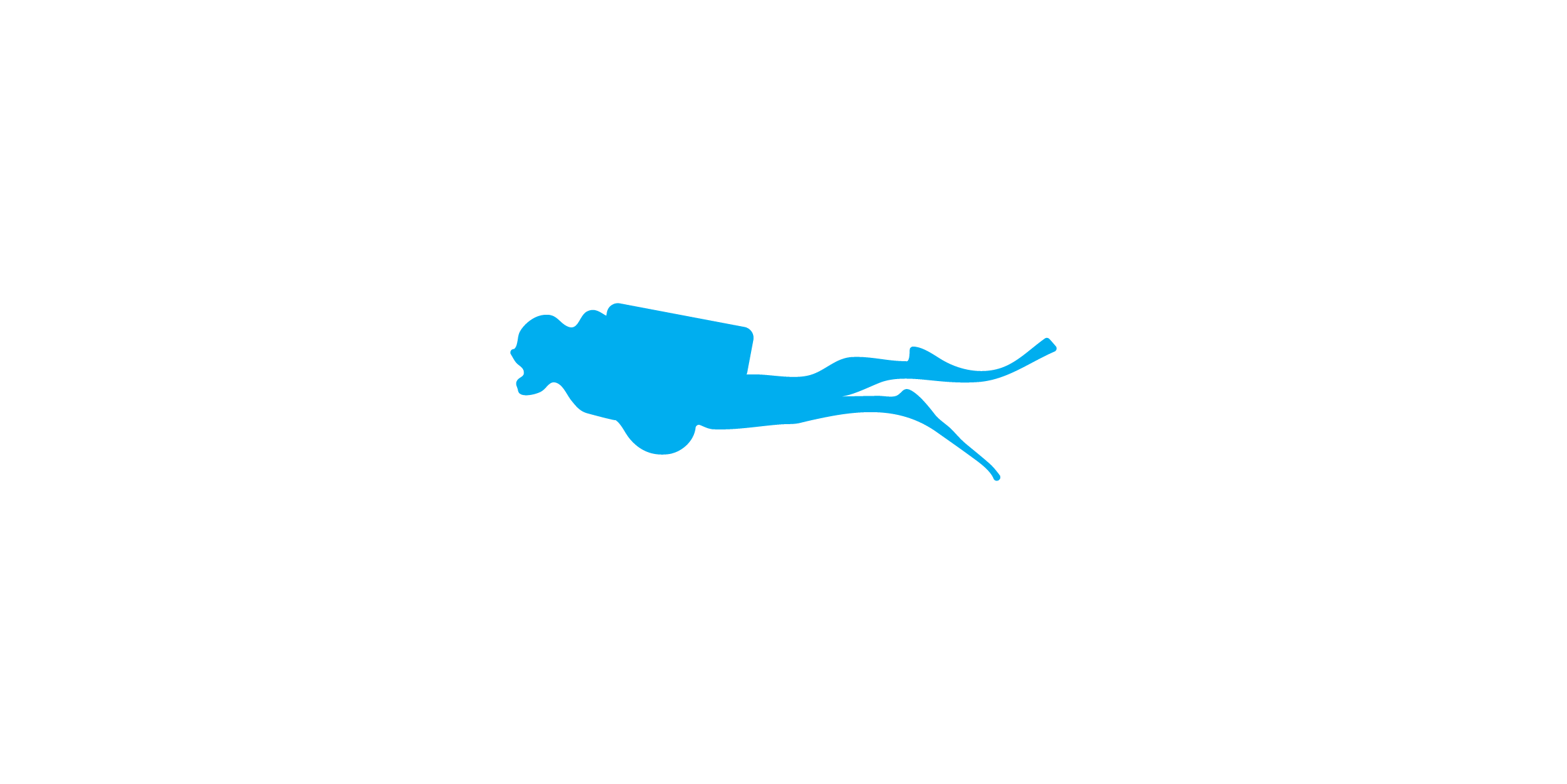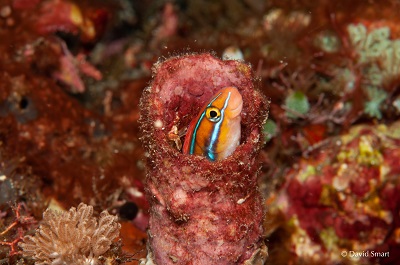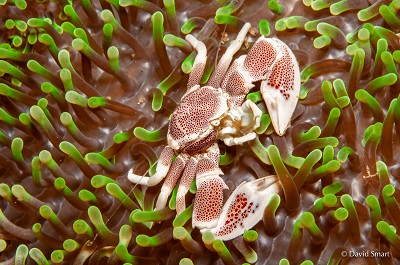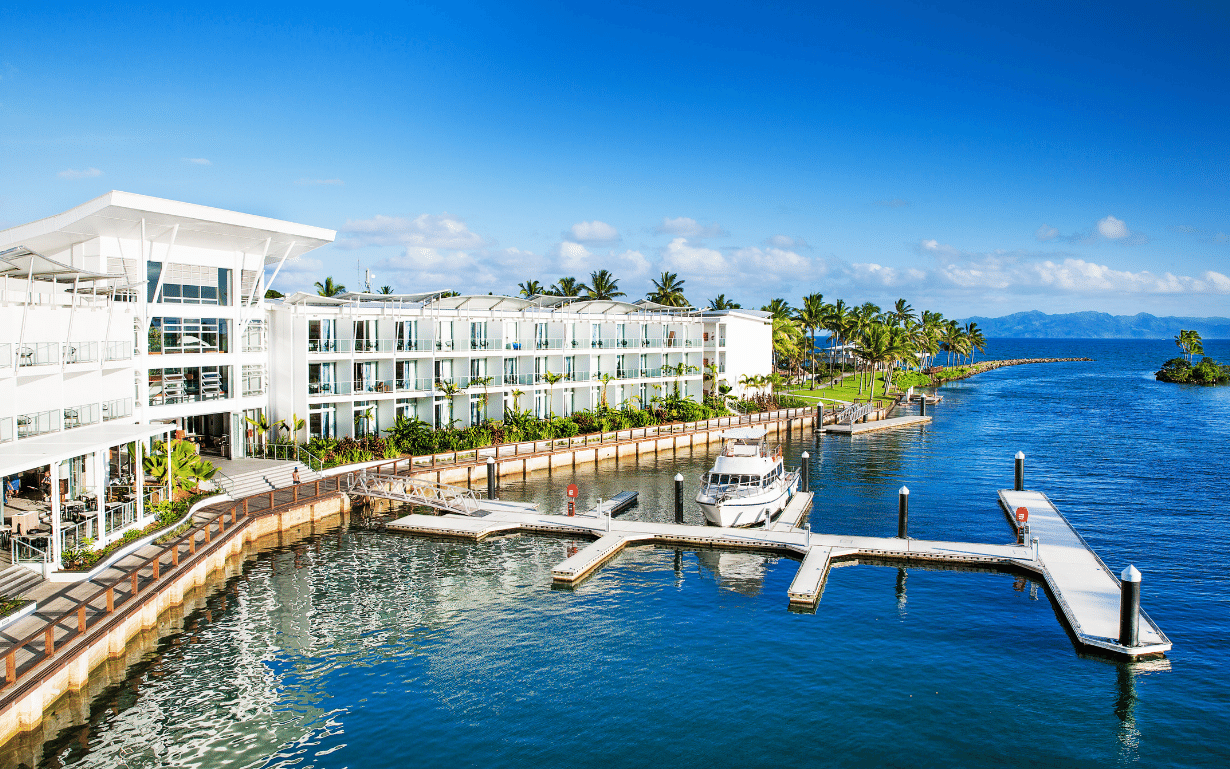Please download a copy of the Programme and Abstract Booklet.
Programme and Abstracts 2024 (download here).
Programme 2024 (download here).
Important information for Delegate download information here.
PDF of Important Information for SPUMS ASM Fiji 2024

Please download a copy of the Programme and Abstract Booklet.
Programme and Abstracts 2024 (download here).
Programme 2024 (download here).
Important information for Delegate download information here.
PDF of Important Information for SPUMS ASM Fiji 2024

About the Pearl Resort Pacific Harbour Fiji
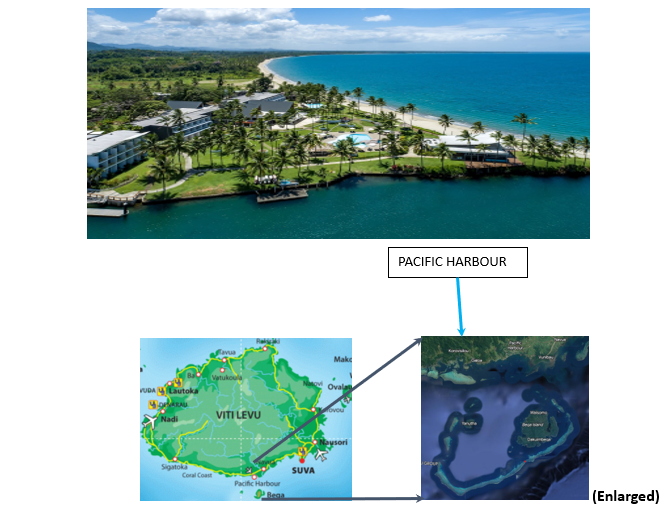
The Pearl Resort is located at Pacific Harbour, at the eastern end of the coral coast, on Fiji’s main Island, Viti Levu. It is approximately 3 hours by road from Nadi International Airport, and just over one hour from Fiji’s capital, Suva.
The Pearl Resort has over 100 rooms an excellent function centre, a comprehensive spa, 3 restaurants and bars, a freeform kids pool and separate adults only pool. The Pearl Resort is located on 1 km of swimming beach, and with direct marina access to the ocean.
Pacific Harbour is relatively isolated, with local services including a supermarket, local shops and crafts, an arts centre and a post office. There are some local restaurants within a few kilometres. There are limited other local accommodation options. Pacific Harbour is known as the adventure capital of Fiji, with many experiences such as a nearby championship golf course, waterfall tours, whitewater rafting, ziplining, jet-skiing, surfing and of course scuba diving.
The Pearl Resort is located a 40-minute boat ride from Fiji’s Beqa (pronounced Benga) lagoon, which has excellent soft coral diving, drop-offs and world-famous shark feeding. Beqa lagoon will be accessed for diving during the conference practical diving workshops. Delegates will be returned in time for lunch.
CLIMATE: The climate is warm and tropical, with May temperatures averaging 21°C (min)-28°C (max). Water temperature is expected to be 26°C. May is on the shoulder of wet/dry seasons with 127 mm rain for the month. Half of the days in May will have some rain (usually in the afternoons).
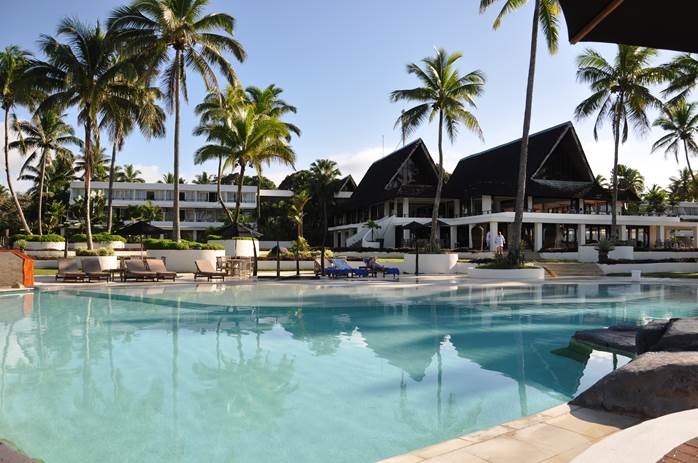
 |
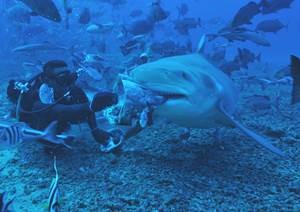 |
 |
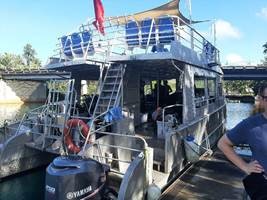 |
Our supporting speakers will be Dr John Lippmann OAM and Professor Simon Mitchell
John Lippmann began diving over fifty years ago and became a certified instructor with FAUI, NAUI, BSAC and CMAS (3 star). He developed an avid interest in diver rescue and first aid, decompression, deeper diving and marine animal injuries. He has been involved in researching, teaching, writing and consulting on safe diving, decompression and accident management for both divers and the general community for 40 years. John has specialised in certain areas including resuscitation, first aid, oxygen administration, diver rescue, various aspects of decompression, and the investigation and reporting of diving accidents, fatal and non-fatal.
decompression, deeper diving and marine animal injuries. He has been involved in researching, teaching, writing and consulting on safe diving, decompression and accident management for both divers and the general community for 40 years. John has specialised in certain areas including resuscitation, first aid, oxygen administration, diver rescue, various aspects of decompression, and the investigation and reporting of diving accidents, fatal and non-fatal.
Professor Simon Mitchell
Bio coming soon.

Diveplanit has been appointed official SPUMS ASM travel provider.
Once you have registered yourself and accompanying guests, use your allocated SPUMS registration ID to access Diveplanit for booking: The services they provide are and booking process are displayed at: https://www.diveplanit.com/spums-2024-asm
- You must have registered for the ASM and have a SPUMS ID before booking with Diveplanit.
- It is also preferable that you have booked your flights to and from Fiji, so that dates and times of arrival/departure are known.
Diveplanit will assist with booking:
- Accommodation bookings, including if delegates wish to add extra days at the Pearl Resort, before or after the conference.
- Practical Diving Workshops – 2 dives per day, Monday to Friday mornings for all certified divers who are registered as delegates or guests
- Four “themed” buffet evening meals as a package for conference delegates and guests (Monday to Thursday)
- Transfers from (and to) Nadi International Airport to the Pearl Resort, Pacific Harbour, to match your flights.
- Bookings for pre and post conference dive resort packages if desired
- Flight bookings (if required)
Delegate Registration Fees
Registration includes opening cocktail party plus drinks, five days conference access, five buffet lunches and five afternoon teas (Monday to Friday), and gala dinner plus drinks. SPUMS Membership rates are available to HTNA, EUBS and UHMS members on proof of membership. Dietary requirements will be taken by Diveplanit.
Guest Registration
Adult Guest registration: Includes opening cocktail party plus drinks, five buffet lunches (Monday to Friday), and gala dinner plus drinks.
Child registration (4-12 years): Includes cocktail party food, five buffet lunches and gala dinner food. Soft drinks will be provided free of charge at the cocktail party and gala dinner.
Teen registration (13-17 Years): Includes cocktail party food, five buffet lunches and gala dinner food. Soft drinks will be provided free of charge at the cocktail party and gala dinner.
Costs |
|
|
AUD$1,200.00 |
SPUMS Member (or HTNA, UHMS, EUBS) Early Bird Registration before or/on 12 January 2024 |
|
AUD$1,320.00 |
SPUMS Member (or HTNA, UHMS, EUBS) Standard Full Registration after 12 January 2024 |
|
AUD$1,580.00 |
Non-Members Early Bird Registration before or/on 12 January 2024 |
|
AUD$1,700.00 |
Non-Member Standard Full Registration after 12 January 2023 |
|
AUD$510.00 |
Adult Guest Registration |
Child/Teen Guest Registration |
|
| Free | Under 4 years |
|
AUD$157.50 |
(4-12 years) |
|
AUD$315.00 |
(13-17 years – food as above no alcohol) |
Content for ExCom here.
The RACGP recognises that many GPs develop interest in specific areas of general practice throughout their career. It values these specific skills and experience through the endorsed groups of RACGP Specific Interests.
The faculty currently has 33 specific interest subject areas to join. These provide the opportunity to share information and knowledge by regular contact.
Membership is open to all RACGP members.
Follow this link to their website.
https://www.racgp.org.au/the-racgp/faculties/specific-interests


